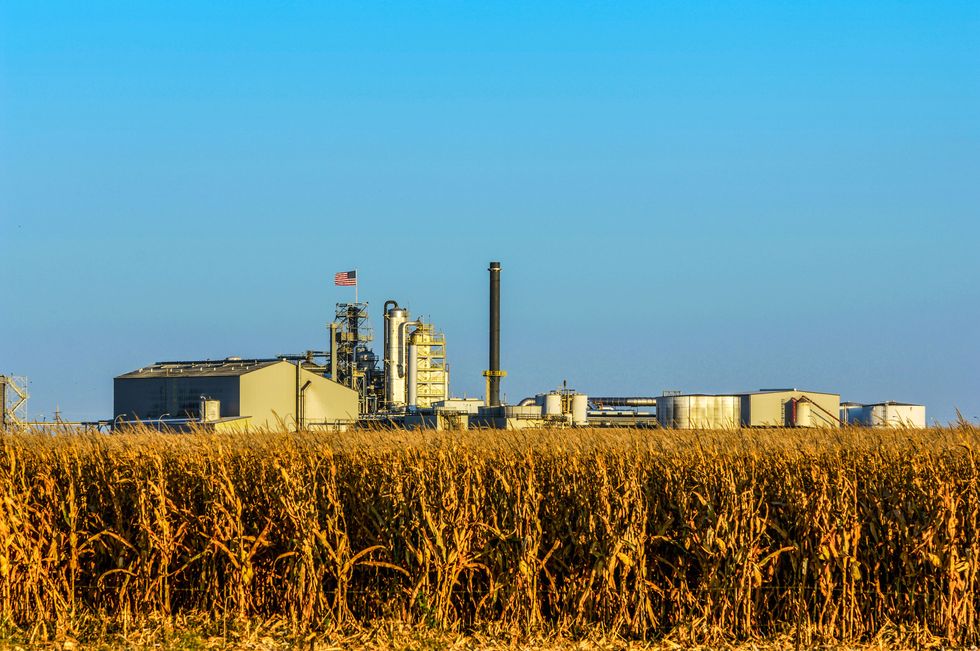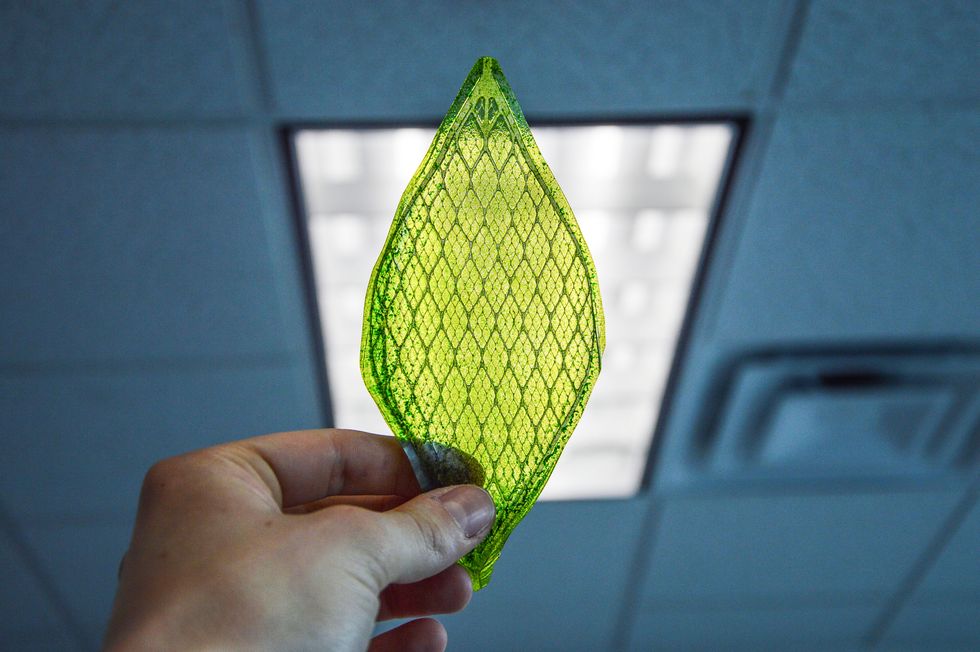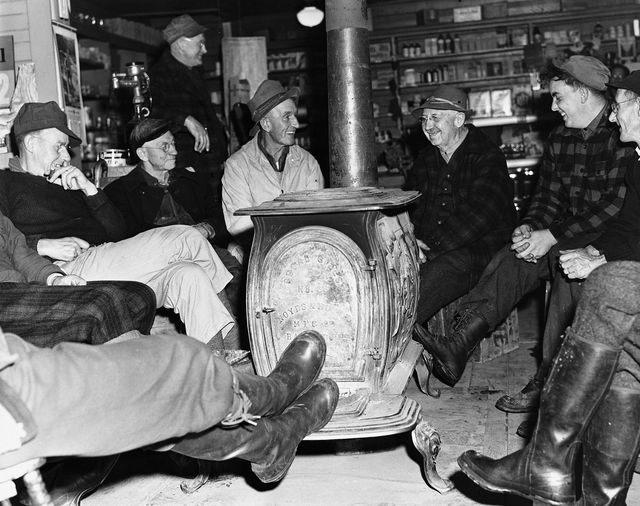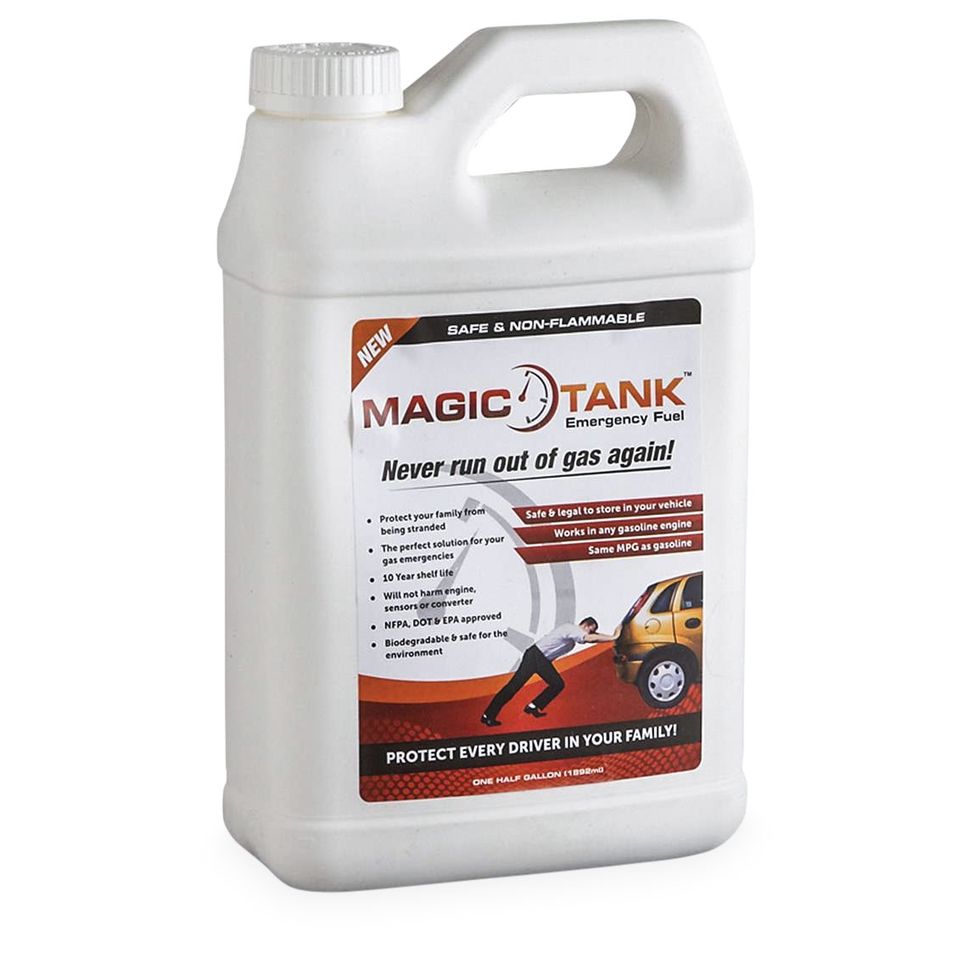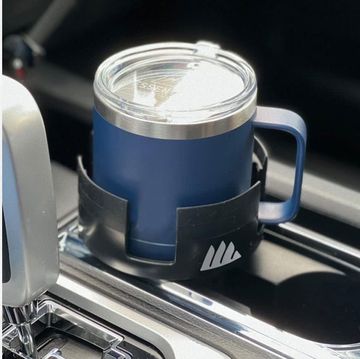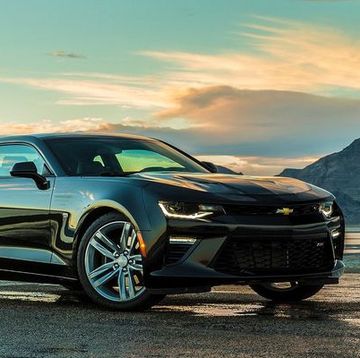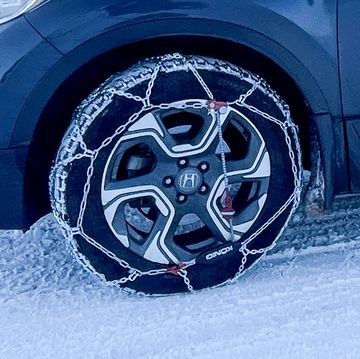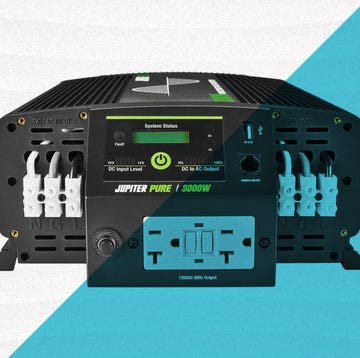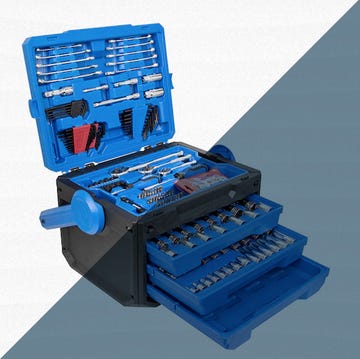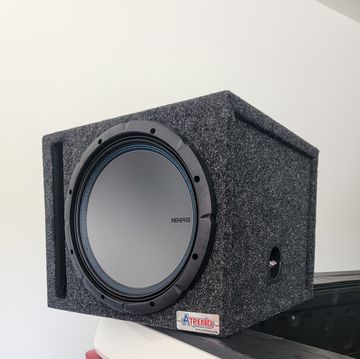We have more liquid, gas, and solid forms of energy at our disposal than ever before. We're using a higher percentage of it, too, burning fuels more cleanly and minimizing waste. Scientists and engineers are even developing ways to make new fuel from the pollutants created by the old stuff. Everything from your new woodstove to your plumbing torch to your car engine is a study in combustion efficiency. So yeah, as they say, we've got fuel to burn. Just not to waste.
Propane vs. Butane vs. Methane
Propane, butane, and methane (along with isobutene, pentane, and others that only chemists have heard of) are all forms of natural gas. When natural gas comes out of the well, it's often damp and dirty. The gases are cleaned and processed to reduce acidity and filter out moisture and particulates. The largest gas, by quantity, is methane. It's used to generate power and heat homes. Propane is a much smaller percentage of natural gas, but its Btu content is higher than that of methane. It is also used to heat homes, and as fuel for engines and grills. Butane is most commonly used in cigarette lighters, but it can also be transformed into butene, which is used to create synthetic rubber. As for all of the others? They find their way into feedstocks that eventually become the stuff of modern life: plastic jugs, disposable coffee cups, paint thinner, and gasoline components.
What the Ethanol Debate Is All About
We've added corn to most gasoline since 1978. Like it or not, ethanol isn't going anywhere. In fact, more and more gas stations are moving from the standard 10 percent ethanol to 15 percent. It's a contentious practice. Here are the strongest points from both sides.
Pros
• Ethanol helps the fuel meet federal air-pollution regulations. It reduces tailpipe emissions of carbon monoxide, hydrocarbons, benzene, and fine particulates.
• Ethanol contributes to fulfilling the national energy independence goals presented in the 2005 Energy Policy Act and extended under the Energy Independence and Security Act of 2007.
• Ethanol is a powerful octane booster—a fuel additive that prevents the fuel charge from preigniting in the cylinder, which leads to engine knocking and poor performance.
Cons
• With 33 percent less energy content than gasoline, ethanol actually lowers your gas mileage.
• Ethanol is known to ruin small engines, especially two-stroke, because of its tendency to separate from the gasoline.
• By growing corn for ethanol, farmers reduce the land being used to grow corn for food, raising the consumer price of corn.
• Ethanol is highly corrosive, forcing auto manufacturers to use more expensive stainless-steel components.
The Best New Premixed Fuels
Ethanol-free gasoline that comes in a can is expensive, but it's a bargain compared to the engine damage or poor performance ethanol can cause in a smaller engine.
TruFuel 4-Cycle Engineered Fuel
A 92-octane gasoline blended with reduced aromatic components to ensure a consistent vapor pressure and long shelf life, even when it's been opened.
Stihl MotoMix
An unusual 92-octane fuel that is 99 percent alkylate (a gasoline ingredient that contributes to clean burning and precise ignition). The fuel has an extremely low sulfur content and is mixed with biodegradable synthetic motor oil. This gives you clean combustion, low odor, and stability, both in the can and the gas tank—for as long as two years.
VP Fix-It Fuel
This 50:1 mix of gas to oil can be used in four-stroke and two-stroke engines. It's intended as a pretreatment for hard-starting and rough-running engines damaged by ethanol. Just drain the fuel system, fill it with Fix-It, and let the machine sit overnight before running it.
The Fuel of the Future Is Synthetic Photosynthesis
Wind, solar, hydrogen, algae. They're all promising new forms of energy. But the future is fake leaves.
As a planet, we seem always able to make more of one thing: pollution. (Two if we count Fast and Furious movies.) Specifically, we make a lot of carbon dioxide. Trees take care of some of that by converting it into carbohydrates they use to grow, but they can't keep up. So scientists at Caltech, Northwestern, Yale, and the University of Chicago are working on fake leaves that turn sun, water, and carbon dioxide into fuel. The process is called synthetic photosynthesis. Two electrodes are submerged in water. When activated by sunlight, one of the electrodes breaks down the water into oxygen, protons, and electrons. The other electrode assembles the protons and electrons into hydrogen gas. A membrane keeps the two gases separate—otherwise they could explode—before they are pumped off and stored as fuel.
And Now, Fuel-Saving Advice From Over-Qualified Experts
In your wood-burning stove
Moisture content is the most important aspect in choosing your wood. An armload of green wood can have as much as a gallon of water in it. That moisture cools the firebox and flue, making complete combustion impossible. Test for dryness by banging two wood pieces together. It should sound like hitting drumsticks.
Smaller pieces burn thoroughly, rather than smoldering. Resplit anything with a dimension more than six inches in any direction.
In your outdoor power equipment
Clean your gear. Depending on your engine, an annual tune-up can reduce fuel consumption up to 30 percent and emissions by up to 50 percent.
In your car
Instead of getting up to speed between traffic lights, slowly accelerate. This limits your transient fueling—the extra amount of fuel needed during heavy acceleration.
Don't keep things you don't need in your trunk. Over a year, carrying even a few extra pounds can cost you a tank of gas.
Use your cruise control—one of the easiest things a driver can do.
In your boat
Adjust your trim. On takeoff, you want the engines to be trimmed in or down (the propellers are closer to the stern) to hold the bow down. As you gain speed and the boat begins to plane, trim up or out (the propellers move away from the stern) to bring the bow higher. Listen to the engine to know when to stop. When you hear the rpm increase, stop adjusting.
Get your boat up to plane—where it rides on the water as opposed to pushing through it—as quickly as you can. With more of the hull out of the water, you experience less resistance and can cut fuel usage by as much as 80 percent.
Don't speed up after you reach plane. The increase in speed uses a disproportionate amount of fuel.
WARNING: Be Careful Where You Gas Up Your Boat
Most of the gas you pump into your car is E10, which means that the blend is 10 percent ethanol. A few stations, however, offer pure petro, E-nothing, the holy grail for boaters and old-car nuts. Why? Ethanol absorbs moisture out of the air. Boats, as you may know, tend to be used in places where there's a lot of moisture. The ethanol invites water into your tank, which can lead to phase separation—the water separates from the gasoline, sinks to the bottom of your tank, and gets pulled into the motor. This is bad. Like call Sea Tow bad. Find an ethanol-free station near you—and save your boat—at pure-gas.org. —Ezra Dyer
How to Heat Your Home in 2017
A new boiler and furnace that produce more heat with less fuel.
Lennox SLP98V Gas Furnace
In cold climates, the SLP98V automatically reduces fan speed to allow the air to absorb more heat before it begins circulation. That, plus a variable capacity gas valve that adjusts the furnace's firing rate and a two-stage heat exchanger wring every last bit of energy out of the fuel, giving the furnace an annualized fuel utilization efficiency (AFUE) rating of 97.4 to 98.7 percent. ($6,000 to $8,000 installed)
Bosch Greenstar FS Series Boiler
At only 130 pounds and 41 inches tall, these boilers are tiny compared to their predecessors. Greenstars use two heat exchangers, one near the burner and one that pulls remaining heat out of the exhaust. The modulating fan adjusts its speed so combustion airflow is matched to fuel-gas intake—automatically, depending on demand—giving it an AFUE rating of 95. ($10,000 to $14,000 installed)
Road Test: Magic Tank
Magic Tank's pitch sounds too good to be true: You keep a jug of this wondrous elixir in your trunk for up to 10 years, and if you run out of gas you just pour it in your tank and drive to the nearest station. That may sound a lot like gasoline, but wait. It's safe and nonflammable. Well, I tried this stuff in a Ford Fiesta—twice, just to be sure—and let me tell you, it works. Magic Tank claims that whatever residual gas is left in your fuel lines combines with the contents of the jug to form something your car can use. (They do warn that this plan works best when the car is still warm.) So if you like to run on empty, Magic Tank looks like a good hedge against the day when you try to drive a mile too far. —E.D.
The Case for a Fuel Stabilizer
I cannot prove that fuel stabilizer does all the things that it promises to do (make your gas last for 1,000 fortnights, patch your car's rust holes while you sleep, etc.). However, I know that when I've added stabilizer to a dormant tank, as on my boat, I haven't had any subsequent problems. Conversely, when my in-laws' pressure washer quit working, I took apart the carb and found it thoroughly coated with varnish—gas gone bad. They hadn't used fuel stabilizer, the thing sat in the garage for a year, and then yellow gunk everywhere. I cleaned the carb, filled the tank with fresh gas, and it started right up. Then I added some stabilizer. —E.D.
This appears in the March 2017 PM.

Roy Berendsohn has worked for more than 25 years at Popular Mechanics, where he has written on carpentry, masonry, painting, plumbing, electrical, woodworking, blacksmithing, welding, lawn care, chainsaw use, and outdoor power equipment. When he’s not working on his own house, he volunteers with Sovereign Grace Church doing home repair for families in rural, suburban and urban locations throughout central and southern New Jersey.

